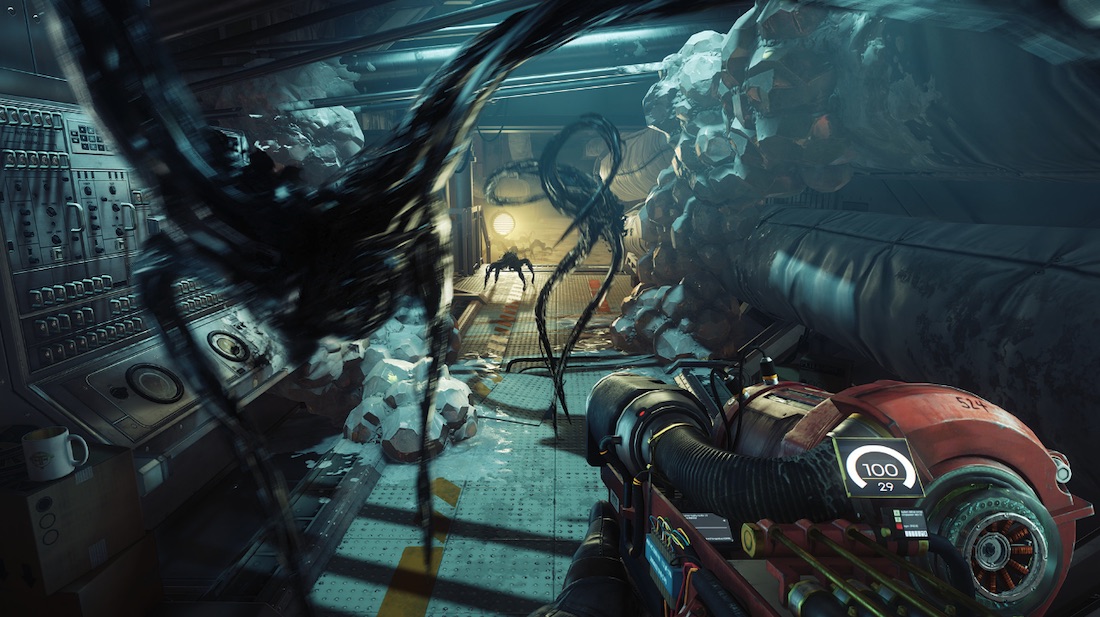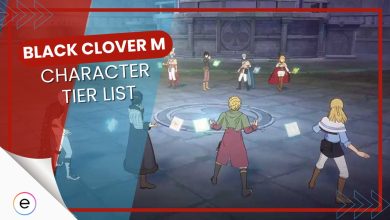Story Highlights
- The gaming industry would not exist without game developers and their genius problem-solving skills.
- Games like Prey and Diablo 3 show how the ingenuity of devs leads to brilliant features.
The video gaming ecosystem is the most valuable entertainment industry on planet Earth, worth a whopping $184 billion and accessible to over three billion people around the world. However, this mega industry would never be this big if not for the people who make the consoles in games at its very core.
Every video game developer, whether they’re working at a AAA company or an indie studio, plays a quintessential role in making the medium as big as it is.
Sometimes, even hard-core gamers can’t understand the lengths video game designers go to give players the best experience. Building entire words from the ground up through code is no easy task, and a lot of it involves sharp problem-solving to make the title work with equilibrium.
In this article, I’ll give you a few examples of developers using their sharp brains to solve issues in some of the most popular games we have played.
How Blizzard Solved Potion Spamming In Diablo

While developing Diablo 3, developer Blizzard wanted to fix a recurring issue in the game’s predecessor: players continuously drinking health potions. While talking at GDC, the franchise’s principal game designer Wyatt Cheng talked about how the dev team dealt with this ordeal. First, the team thought decreasing the power of potions if you chug them successively would solve the problem.
However, this didn’t translate practically as players would just ingest more health potions when they were awarded 25% of their original health.
Another solution Cheng came up with was to only allow players to heal if they avoided damage for 3 seconds. But, this didn’t pan out either as players would run away from battles and enemies. Finally, the Diablo team hit the bullseye, deciding to design enemies in a way that resulted in them dropping health bombs when killed and hence imploring the player to be aggressive.
In his GDC talk, Cheng further explained this process, saying that making builds for the wrong solutions like the decreasing potion health one, helped the devs figure out this conundrum.
The Mist In Silent Hill

Silent Hill is arguably one of the most iconic horror video games in history besides the likes of Resident Evil. The title owes a lot of its status to the dense fog that clogs the game world and hinders the user’s capability to see more than a few feet ahead of them. This chilling mist and the uncertainty it brought made the Konami game one of the scariest experiences in gaming of all time.
But, many don’t know that this innovation was actually a technical decision, not a creative one. PlayStation 1 had a really short draw distance, only allowing developers to render a small part at the same time. Therefore, to prevent this predicament, the devs decided to cover most of the screen with fog, allowing visuals to load and showing the player only a bit of the titular town.
Not only did this decision make the world of Silent Hill seem more expansive, but it also added a layer of horror and suspense the game would not have without the dense fog hiding everything.
New Super Mario Bros. Wii’s Death Bubble

While developing the 2009 iteration of New Super Mario Bros developers were facing a big pacing issue in the multiplayer game mode. After dying, players had to wait until the end of a level or certain checkpoints to get revived and rejoin the game. Nintendo EAD first thought that reviving dead users through question mark boxes would be a good idea, but eventually took a different route.
After players died in the co-op section of New Super Mario Bros. Wii, they got enclosed in a bubble that teammates had to pop to revive the player in question. This was not only a very creative solution to the issue but also served as an alternative for beginner players to skip difficult levels by killing themselves intentionally and letting more experienced players handle the challenging corners.
Prey’s Haunting Poltergeist

Arkane Austin’s Prey took place in a space station overrun by an alien race you had to fight. This alien called the Typhon throws a variety of enemies at you throughout the FPS game. And, arguably the most challenging of these aliens is the Poltergeist, an unseen variant that throws physical objects at you and is a nuisance to beat.
According to Prey’s 2021 documentary, the terrifying Poltergeist was actually a pretty late inclusion. The devs realized late on that the space station needed more enemy variety, but at that point in the process, not many resources were left.
As a result, Arkane Austin came up with the idea of Poltergeist, an unseen enemy that would fling physics assets at the protagonist. Not only did this create a brilliant enemy, but also used up little time and budget which made the Poltergeist an even more genius idea.
Thanks! Do share your feedback with us. ⚡
How can we make this post better? Your help would be appreciated. ✍



